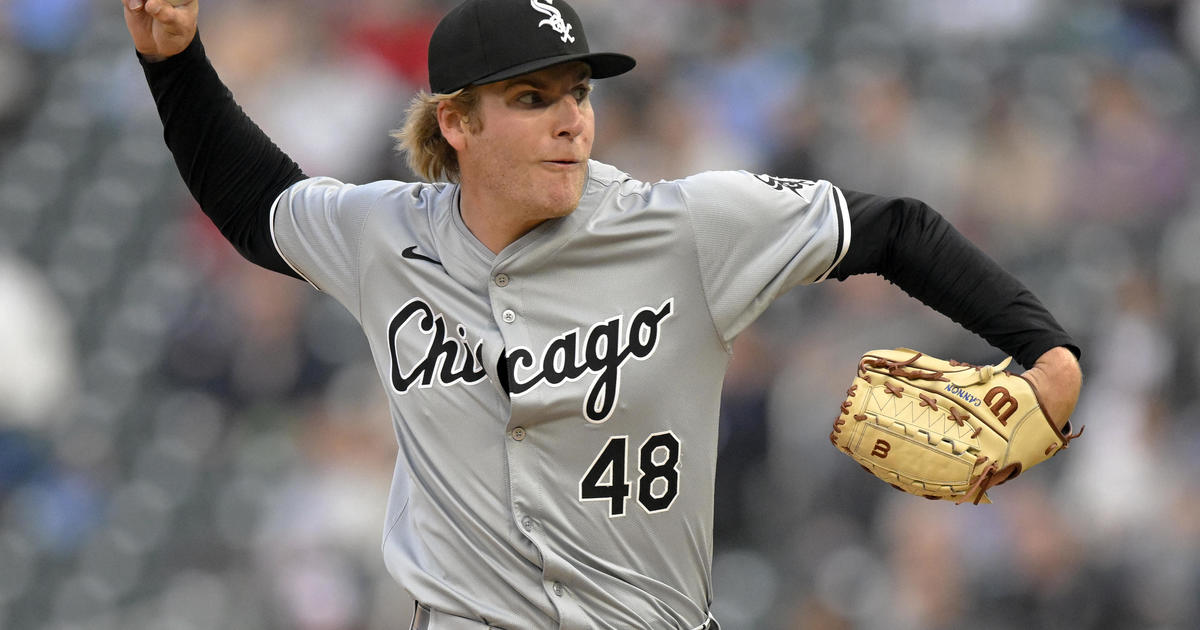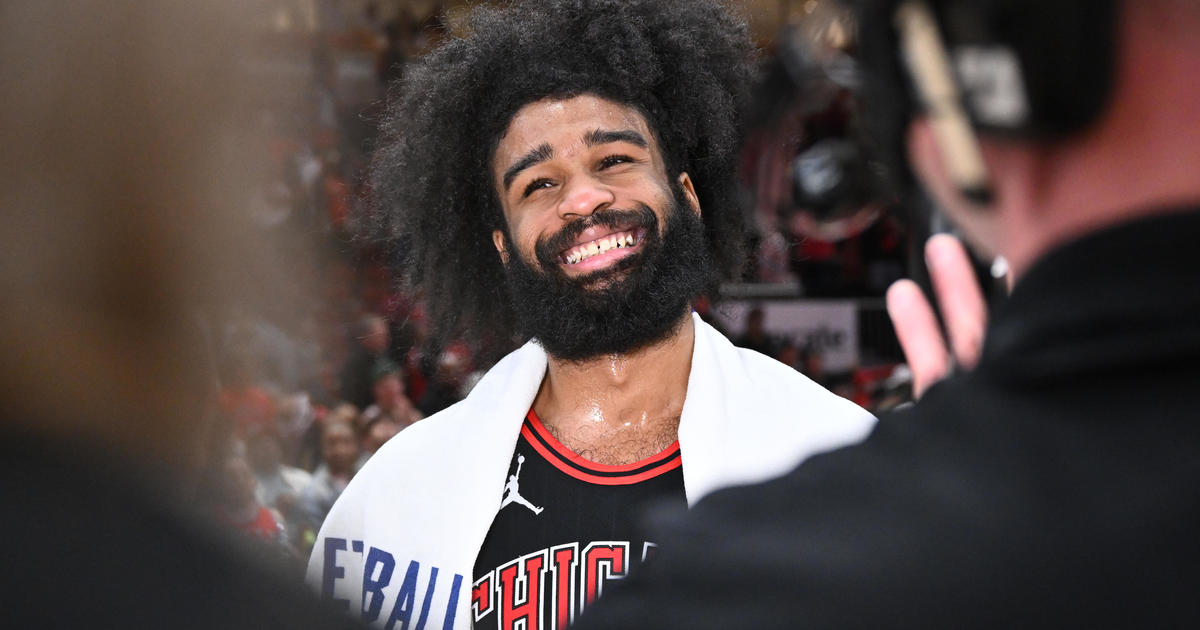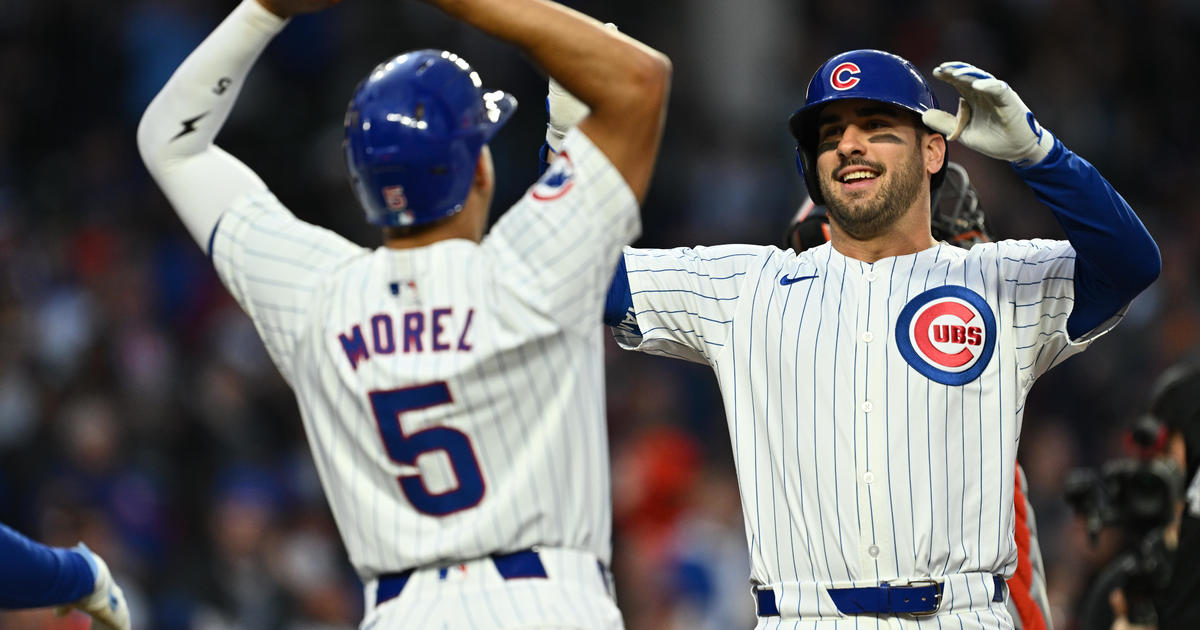Five Changes To Make The NBA All-Star Game Better
By: Martin Sumners
The NBA All-Star Game was introduced in 1951. Initially, the game was an almost quaint two-hour exhibition and although held in non-cosmopolitan cities such as Ft. Wayne, Indiana, it was often elegantly referred to as the Midwinter Classic. It has since transformed to a three-day extravaganza aptly called All-Star Weekend that in 2007 reached its gluttonous zenith (or nadir) in Las Vegas.
Despite the addition over the years of a rookie/sophomore game, shooting, dunk and other contests, parties and more, the actual main attraction has undergone few alterations. (However, with the NBA's endless commitment to enhancing the game-experience, it wouldn't surprise that the league's all-star game and not the Super Bowl will be the first sporting event to be nationally broadcast in 3D).
Yet, again, how the actual NBA All-Star Game is played has changed little if at all. A few years ago, Major League Baseball attempted to add sizzle and stakes to its all-star game with World Series home field advantage riding on the outcome. The National Hockey League seems to tweak its all-star game every year with things like basing teams on nationality or using playground rules with designated captains choosing squads from a pool of players.
The NFL Pro Bowl was recently changed from being played in Hawaii after the Super Bowl to the week before the Super Bowl in the Super Bowl City. Then after going back to Hawaii for this season's game, the league is now considering cancelling the game as the two teams played an embarrassing version of non-contact football that would make Jack Tatum turnover in his grave. Perhaps, though, it was just a threat for the players to get them to at least appear they are trying in order not to lose the paid week vacation in America's paradise.
The NBA may have the best all-star game as presently played among the four major teams sports but it should not get caught up in the axiom "If it ain't broke, don't fix it." Supporting this theory is something heard on the Showtime series House of Lies starring Don Cheadle that critiqued Polaroid for not anticipating the effect of digital cameras leading to its downfall.
So, here are five suggestions for the NBA All-Star game to not get Polaroid.
1. Expand Rosters: The number of roster spots has been set at 12 since the 1968 All-Star Game held in New York's Madison Square Garden. The increase from ten was prompted by the NBA adding two teams; Seattle SuperSonics and San Diego Rockets. Interestingly, the Sonics are now the Oklahoma City Thunder and Rockets play in Houston. And 1968 was also the year that the NBA adopted its current 82 game season (except in unnecessary lock-out shortened seasons). Well, since 1968, the NBA has added a whopping 18 teams and it's mindboggling that not one roster spot has been added. The rosters should be expanded to 15 players. Every year, there are useless debates about who was snubbed. Surely, the controversy of snubs could always continue but three additional spots per team would reduce such discussions to nit-picking. However, the biggest reason for expanded rosters is that there are deserving players who would add to the game.
2. Longer Game: Who figured out that 48 minutes was the right amount of time for an NBA basketball game. Okay, it seems to work out fine for all other games but why not play a full hour for the all-star game. That's right, 60 minutes (15 minute quarters). With so many talented players, all-star games already have a more democratic distribution of minutes and thus individual players won't be playing any more minutes that in a regular season game. In addition, with expanded rosters there would be more players needing playing time. To address concerns that the game would take too long to play, let's eliminate some time outs and reduce halftime. The purpose of the timeouts and halftime is for strategy and rest. Who needs strategy in an all-star game anyway and the need for rest is muted, again, with larger rosters. Also, lost television commercial revenue could be recovered with scrolling ads like with soccer broadcasts. Fans shouldn't be fretful of ridiculous scores either. Some mathematician or stat geek (used as a term of endearment) might correct these calculations but currently the NBA All-Star Game average points per game only increases approximately 50% above a regular season contest from about 185 points per game to 280. The NFL Pro Bowl on average produces scores totaling about 100 points which is about an 100% increase above regular season games that produce about 44 points. The scoring in NHL all-star games on average increases more than 150% than a regular season game from about five to 15 goals. And what would be wrong with an NBA All-Star game having points increased 100% above a regular season game to a scintillating score of 185-184? The additional playing time could change the context of individual records with more opportunity to compile stats. But with more players playing, production would even out among the additional players. Also, fans have accepted more scoring enhancements already with the three point shot and other rule changes improving offensive production. Speaking of the three-point shot.
3. Four-point shot: The current NBA three point arc at the top of the key measures 23 feet 9 inches and 22 feet in the corners, which it has been since the 1997-98 season. For three seasons (1994-95, 95-96, 96-97), to increase scoring, the NBA adopted a shorter distance of a uniformed 22 feet three point arc. The line went back for the 1997-98 season as it was considered too easy after made and attempted threes dramatically increased. So, nothing is sacrosanct with respect to experimenting with scoring rules. An exhibition game and in the tradition of all-star amusement would seem the ideal place to add a line even farther from the goal that would be rewarded with four points. Let's say 28-30 feet from an area in front of the basket and wing as the corners would lack floor space to add an increased point shot line. Real deep-threat shooters would be at a premium and the additional options would be fantastic and fun.
4. Uniforms: The historical allure of the MLB All-Star game was bringing together players that rarely played against each other. This competitive clash was visually symbolized by the spectacular splash of the various team uniforms on one field. With the advent of cable and satellite TV, free agency, and interleague play, the baseball treat of seeing players who do not usually compete against each other do so in an all-star game is gone with the spitball. However, the remnants of a time when not everything was so standardized and homogeneous remains with the assortment of team uniforms in the MLB All-Star Game. Actually, the NBA All-Star Game on one occasion recently had the players wear their regular season uniforms but that was an aberration from the usual specially created all-star uniforms. These newly minted uniforms every year is another revenue opportunity to sell replicas but each player is also provided a special all-star warm-up that could still be marketed to fans.
5. Play Outside: The NBA has dipped its toe in the water of outside games with a few pre-season games. Interestingly, all have included the Phoenix Suns but none played in the Valley of the Sun. In 1972, the Suns faced the Milwaukee Bucks in Puerto Rico. More recently (2008, 2009 2010), at Indian Wells Tennis Center Garden in California, the Suns played the Denver Nuggets, Golden State Warriors and Dallas Mavericks. The University of North Carolina and Michigan State played a regular season game on November 11, 2011 (11-11-11) to commemorate Veterans Day on the flight deck of the USS Carl Vinson docked outside San Diego. College hockey outdoor games have been wildly successfully and the NHL for several seasons has played outdoors with similar success in its Winter Classic game on New Year's Day. The NBA All-Star Game should be next and if successful could be done every four years. This would allow cities in northern climates to host the game although for some reason Boston which hosted the first two and again in 1964 has not hosted one since. The game already a showcase for creativity might take on the captivating nature of the blacktop games highlighted this past summer during the lockout with NBA players at places like Rucker Park in Harlem, New York.



